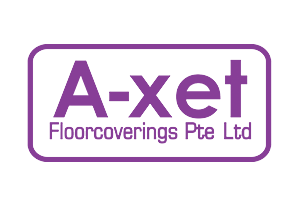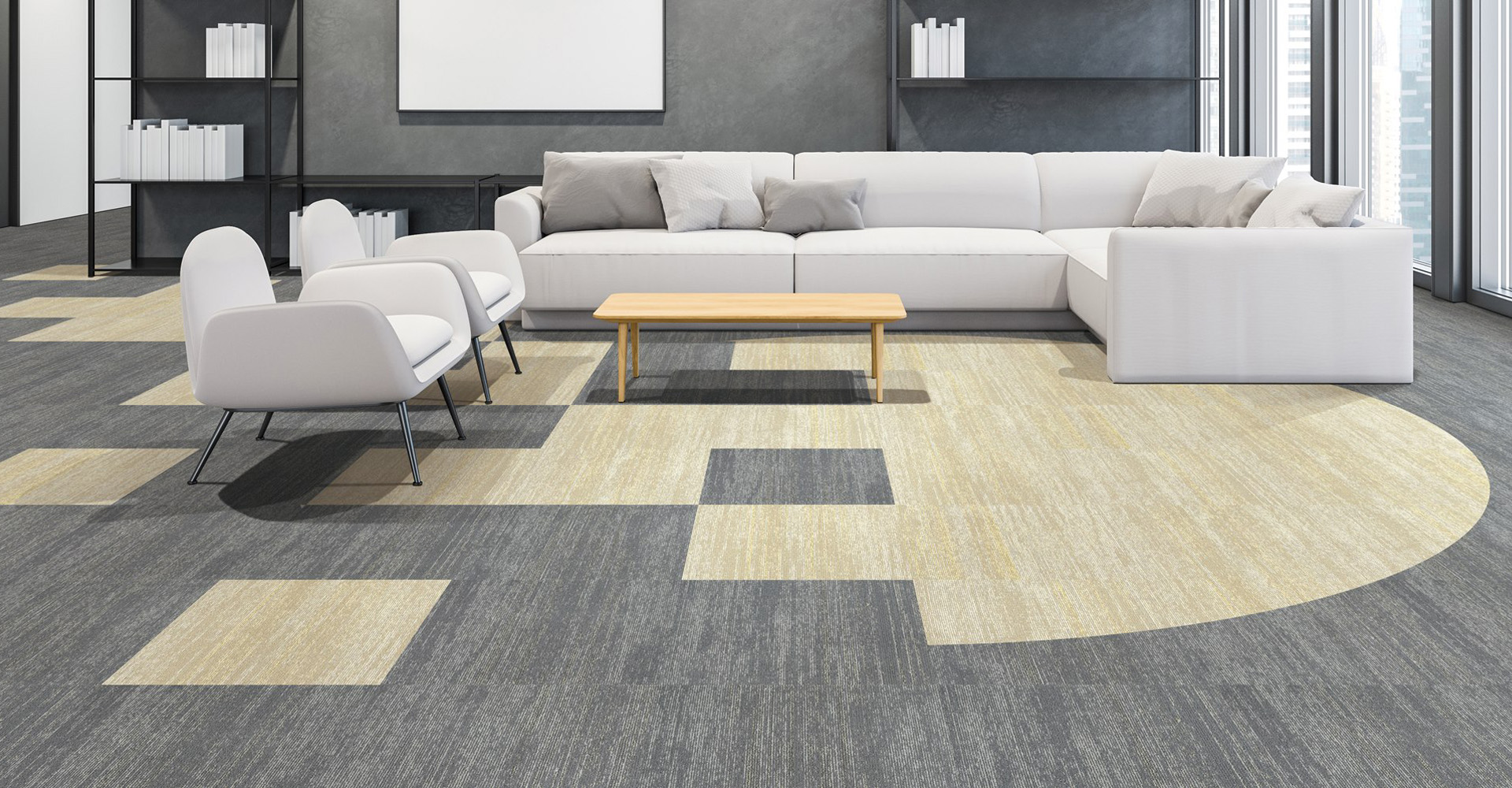
About
A-XET FLOORCOVERINGS opened its doors to the Philippine market last July 2008 as an addition to its fast-growing network of distributors in the Asia-Pacific region. Holding exclusive distributorship over a number of carpet brands and its own OEM designs from reputable mills, A-xet still continues to widen its collection of carpets to make sure every demand of the commercial flooring requirement is met.
Unlike other companies, A-xet strives not only to provide attractive flooring solutions, but more importantly help promote cost-efficiency and superior performance. Working in collaboration with designers, architects and end-users is one of the many values which the company highly upholds.
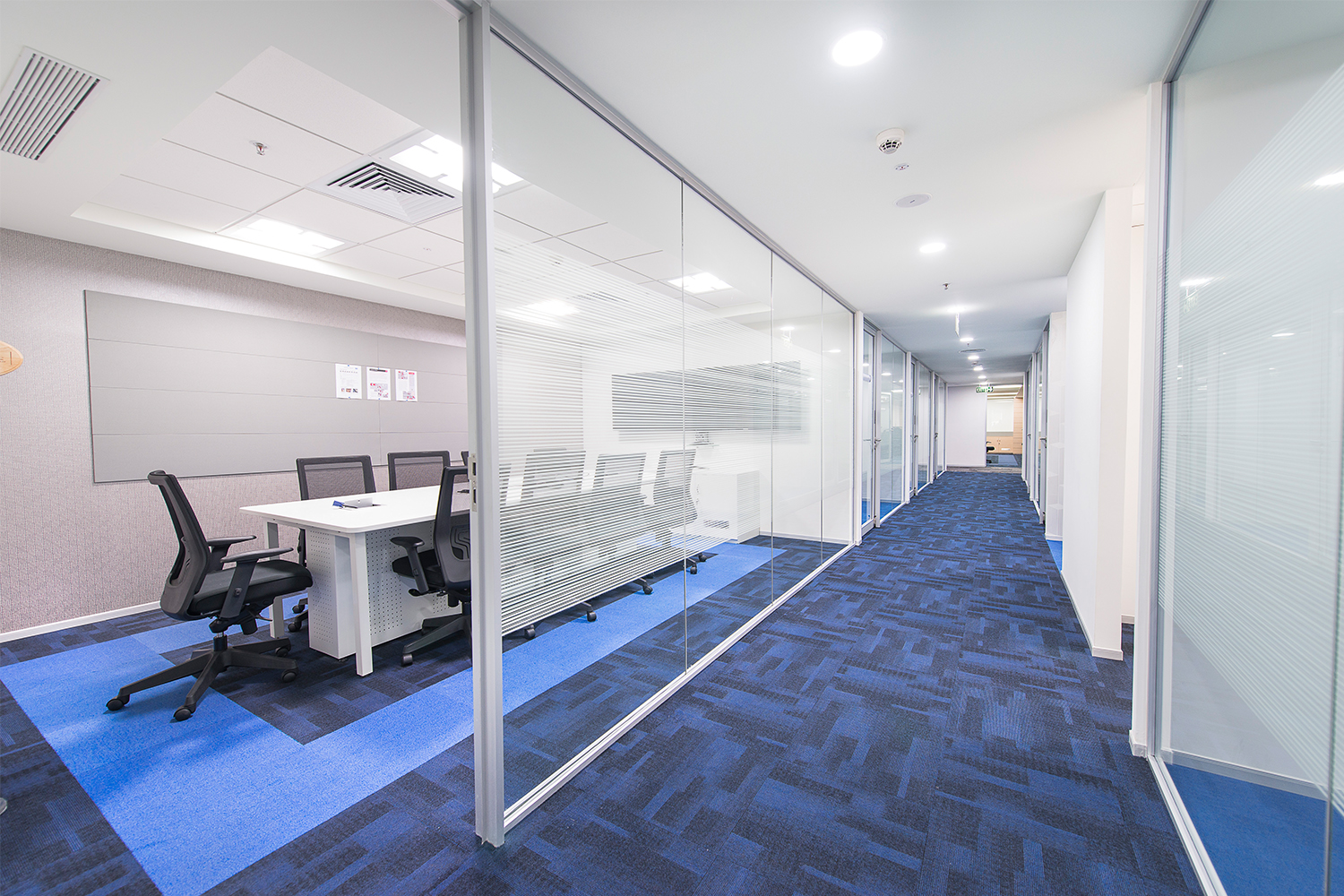
The Flooring Experts
A-xet strives not only to provide attractive flooring solutions, but more importantly help promote cost-efficiency and superior performance.
Design Novelty
In line with the company’s vision of providing clients with their total carpet solution, A-xet strives to bring to its clients the widest array of selections as well as the latest in carpet technology. Given that we promote close collaboration with designers and end-users, our team in A-xet tries its best to cater to the specific needs of our clients, helping them achieve various design capabilities through custom design and production.
Prompt Delivery & Competitive Pricing
Having a wide variety of collections from the US and around Asia, A-XET FLOORCOVERINGS has prepared ready stock of different ranges and colors in strategic countries to make sure deadlines are met. Special and custom made orders can be delivered in as fast as 6 weeks.
With stocks which are easily accessible especially for immediate projects, A-xet’s stocking program helps promote efficiency and cut down costs of logistics. This, in turn enables the company to offer more affordable costs to its customers.
Reliable Quality & Environmental Awareness
Backed-up with some of the world’s best carpet manufacturers, A-xet is keeping up with today’s ecological needs. Aside from TUNTEX CARPETS, who produce recycled and recyclable carpets, most of A-xet’s products try to incorporate the use of natural or recycled materials without sacrificing quality and performance. This is what sets our company apart from the rest.
Years in the Industry
Projects Completed
Product Certifications passed
Design Options
Awards and Certifications

ISO 9001 : 2008 Standard
ISO 9001:2008 is a quality management system standard, first published in 1987 by ISO (International Organization for Standardization). This standard is designed to help organizations ensure that they meet all requirements of customers and stakeholders.
ISO 9001 is considered as a key factor for doing business in global markets and for improving competitiveness. ISO 9001 specifies requirements for a quality management system where an organization needs to demonstrate its ability to consistently provide products that meet customer and applicable statutory and regulatory requirements; in addition to enhancing customer satisfaction through the effective application of the system, including processes for continual improvement of the system and assurance of conformity to customer and applicable statutory and regulatory requirements.

ISO 14001 : 2004 Standard
ISO 14001:2004 is the world’s most recognized environmental management standard applicable to organizations of all sizes wishing to set up an effective environmental management system, in order to meet their environmental and economic goals.
ISO 14001 specifies the requirements to implement an Environmental Management System (EMS), by enabling organizations to implement a policy and by defining environmental targets and objectives, by also taking into account legal and other requirements. ISO 14001 provides a set of guidelines intended to provide assistance to managers in various aspects of environmental management. These guidelines provide information for evaluating an organization’s environmental performance and management system.

OHSAS 18001 : 2007
OHSAS 1800:2007, also known as Occupational Health and Safety Management Certification, is a British Standard for Occupational Health and Safety Management Compliance. It provides a framework to control, identify and decrease the risks associated with health and safety within the workplace.
Employers are under pressure to ensure that an accurate health and safety policy is put in place. This protects the employees against all the possible occupational risks that can occur. It also helps in reducing the likelihood of accidents in the organization. An organization by way of planning can also identify the health and safety risks to confirm the health and safety laws.

OHSAS 18001 : 2007
SGBC has developed certification schemes to raise the environmental standards of building products and services, and to provide benchmarks on environmental performance of products and services. SGBC launched the Singapore Green Building Product (SGBP) certification scheme in 2010 and following its success, went on to launch the services certification scheme- the Singapore Green Building Services (SGBS) certification in 2012.
SGBC aims to guide product development in the building industry, make green building products and services more readily available, and create an impact to the buildings that shape our living environment.
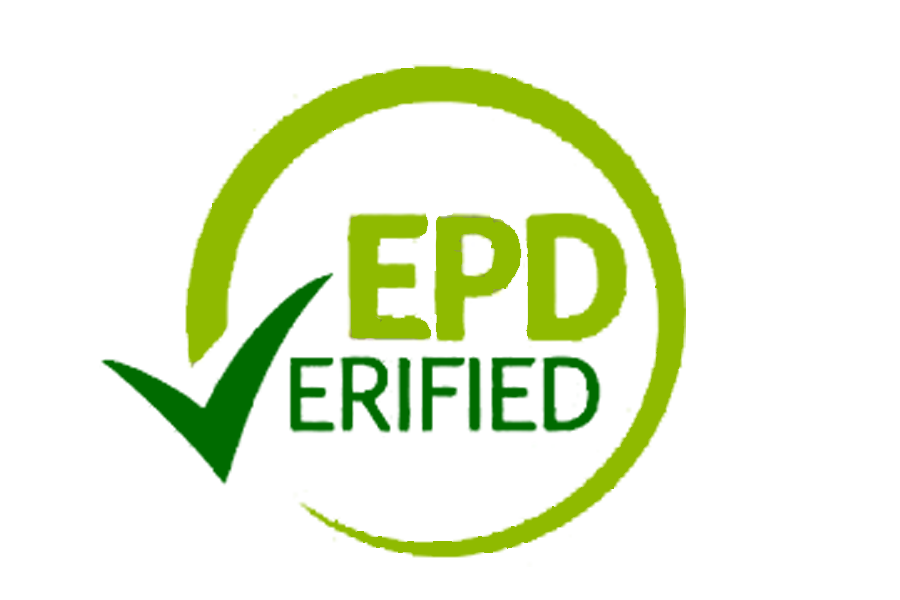
EPD Verified
EPDs may help building projects qualify for points through the LEED v4 in criteria for the Materials and Resources (MR) category (credit Building product disclosure and optimization – environmental product declarations) and the International Green Construction Code. EPDs are also increasingly required in international markets for consumer and commercial products.
Manufacturers can assess the position of their products in the marketplace and respond to increasing demands for environmentally sustainable products and transparency in environmental claims.

Indoor Air Quality Certified
FloorScore is a voluntary, independent certification program that tests and certifies hard surface flooring and the materials they’re made with to ensure they are in compliance with stringent indoor air quality emissions.
FloorScore Certification is a third-party certification created by the Resilient Floor Covering Institute. Experts test hard surface flooring products to certify that they are in compliance with strict indoor air quality standards. Any product that meets these stringent standards is a product that will contribute to good indoor air quality. Essentially, the FloorScore certification means healthier, cleaner air in your home or where you work.
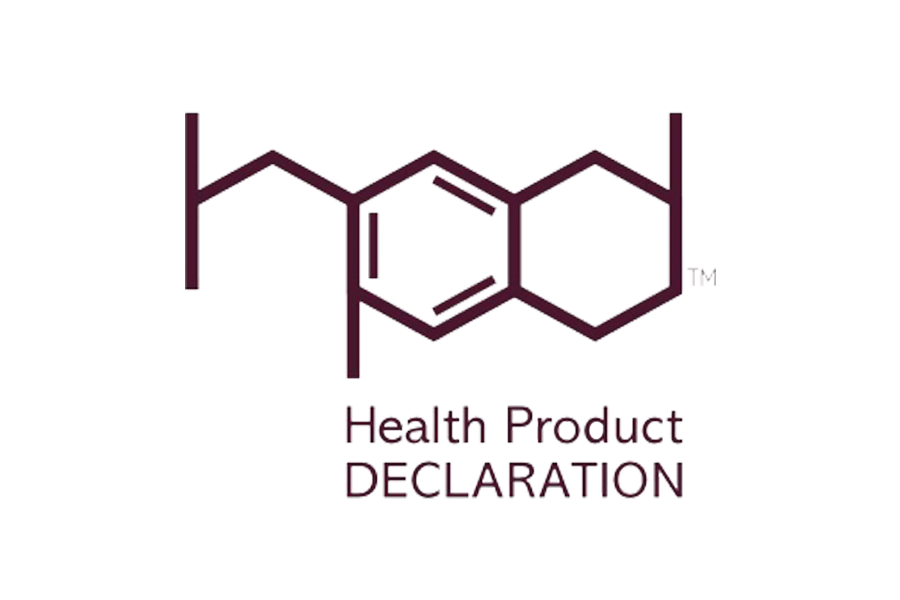
Health Product Declarations
Health Product Declarations (HPDs) provide a full disclosure of the potential chemicals of concern in products by comparing product ingredients to a set of priority “hazard” lists based on the GreenScreen for Safer Chemicals and additional lists from other government agencies. HPDs qualify for numerous green building schemes, including LEED v4, WELL, Google Portico, and Living Product Challenge.
An HPD is a Health Product Declaration® that contains standardized, accurate and consistent reporting of product contents and associated health information for products used in the built environment.
